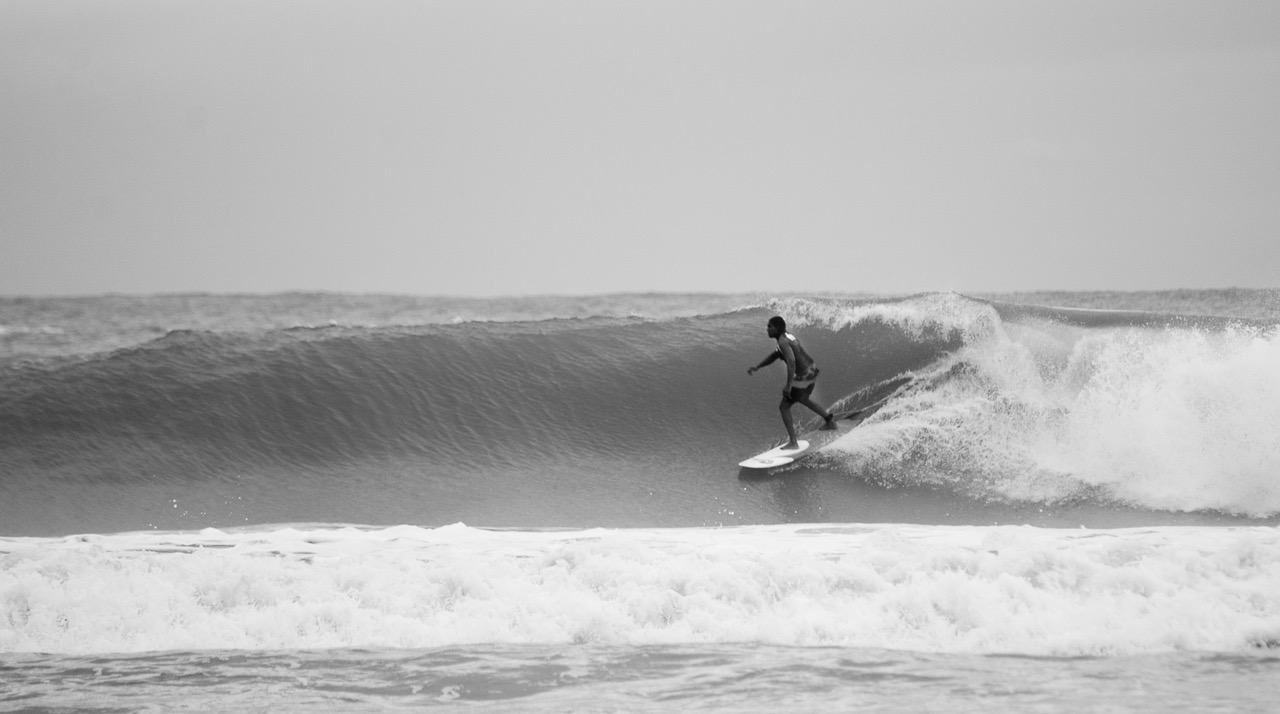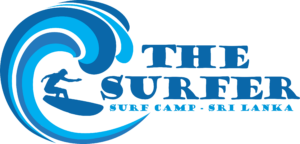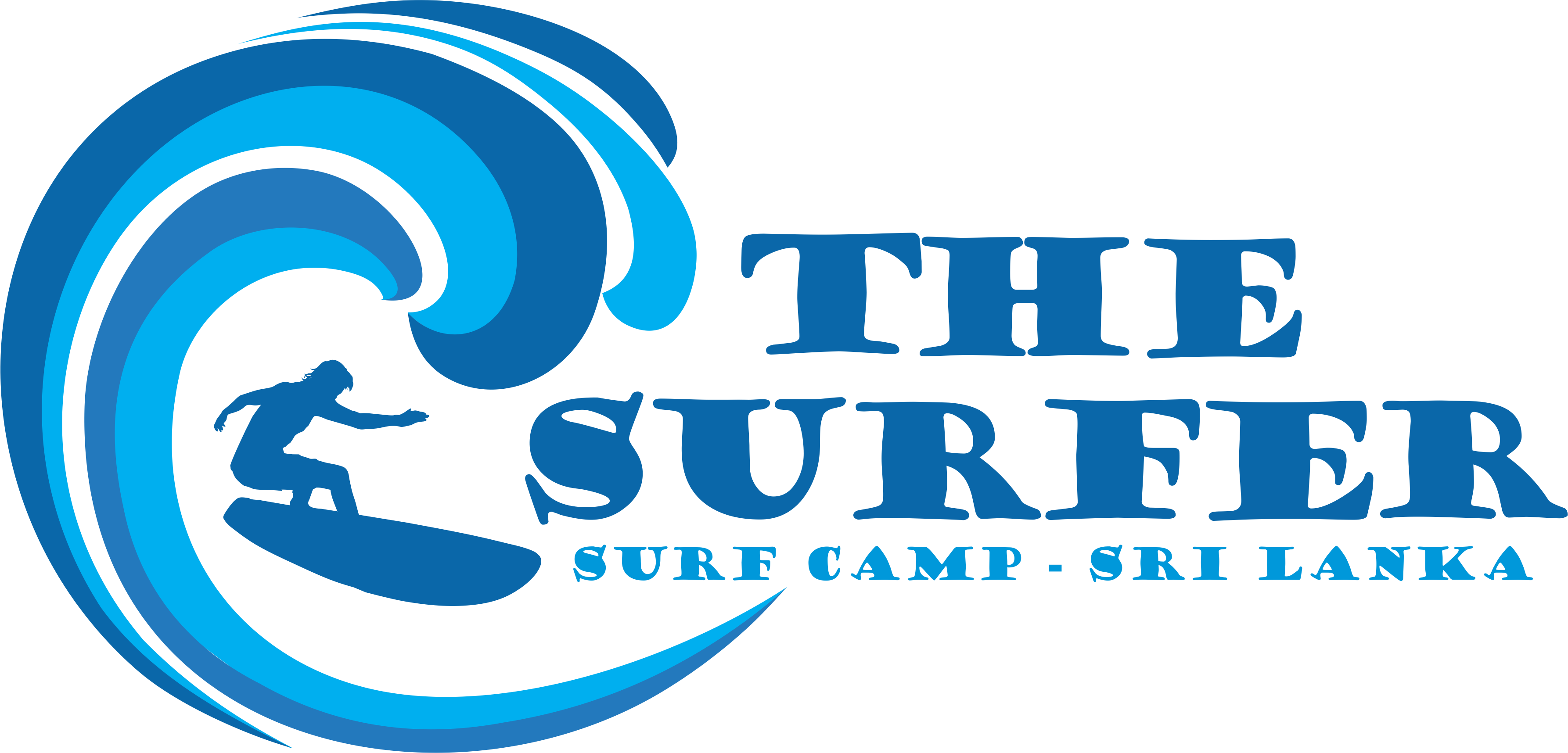
HOW TO READ A SURF REPORT—SOME MAJOR TERMS YOU SHOULD KNOW
How do you decide if it is a great or acceptable day for surfing? Some people would be alright no matter how the weather is and how high the water is because these are pros and know what they are doing. But to the rest of the squeamish bunch especially the beginners it is important to know if this is a good day to surf for them or should they wait for a little. One of the finest ways of doing that is by reading the surf report. It is a conclusive report providing you with all the information that you need around the wave patterns, high waves, low waves, wind intensity, humidity, and more.
Reading a surf report
Many surf camps such as the Sri Lanka surf camp provides the surfers with a daily breakdown of the surf report. It can be daunting for beginners to be able to read the report at first because there are a lot of confusing vectors in there but with time and practice, you will definitely get better. Some of the terms are associated with professionals only so if you are a beginner you don’t have to worry about them that much. So, without further ado let’s break down the various confusing segments of a surf report;
Swell size
Swell size refers to the overall height of the wave and it is noticeable measured in feet or meters. If the forecast read the swell size in 1-3m range then it is probably alright to out there and surf but if the waves are consistently over 3m then beginners should heed some other day for surfing.
Swell period
In general, the swell period refers to the momentum of the wave and time in seconds for which it will be able to hold onto it. Most surfcamps Sri Lanka finds it alright if the waves are showing a swell period of 8 seconds as it provides enough time for the surfer to be able to build some momentum. If the report says the waves breaking at the 6-second interval then it is better to wait it out.
Swell direction
This corresponds to the direction of the wave i.e. where it is coming from and its measure in degrees. Getting to know more about the swell direction on your surf report will help you navigate it to a specific area where you can possibly get some big waves, this can help save you some time in circling it to a specific zone. Many countries have their own rules and thoughts about the swell direction but when it comes to surfing in Sri Lanka the waves originating from the south or east-northeast of the beach then it is probably a wave that you should go for.
Wind direction
The direction of the wind plays an important part in all of this. It is displayed within your surf report in degrees. If it is windy out there then it probably is a hint for the beginners to reschedule their surfing plans. Even the slightest gust of the wind when someone is surfing can be unsettling and it is something that the professional learns to manage and deal with in all their years of consistent practice.
There are two different wind conditions in surfing i.e. offshore and onshore wind. Offshore winds push the waves towards the coast and the onshore ones do the opposite, so if you are a beginner and want to learn surfing then these are the onshore winds that you should be seeking.
Wind strength
The overall wind strength or speed also plays an important role when it comes to surfing. The optimum wind speed leveled at 5km per hour is the right wind speed to go with and if the surf report reads it as 30km per hour then it is a warning not to kiss the ocean bead with your surfboard that day and wait it out.
Conclusion
These are going to be some of the noticeable areas on your surf report give it a precise thought and then analyze the optimum values to make the final decision if you going surfing or taking a day off.
Join our surf camp and learn more about this with our professional surf instructors.


